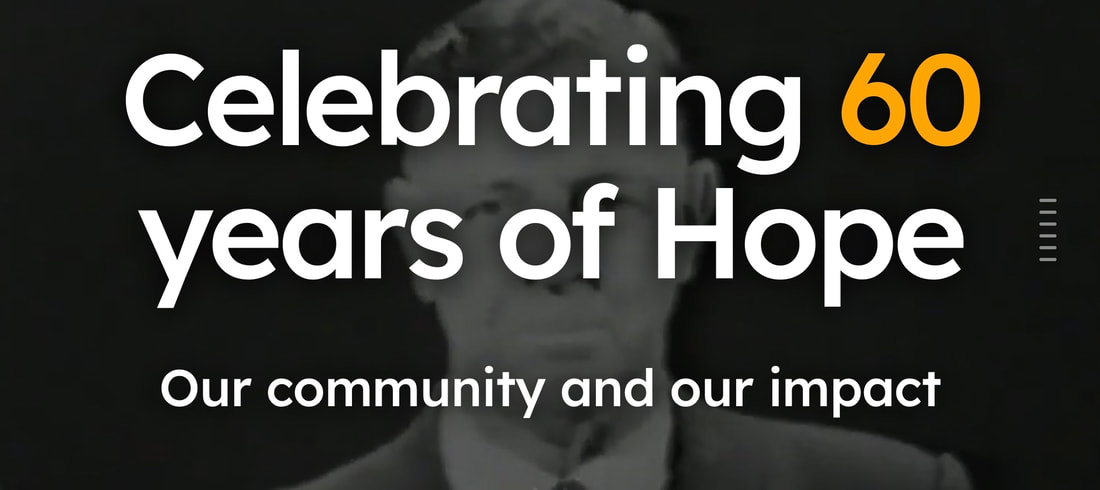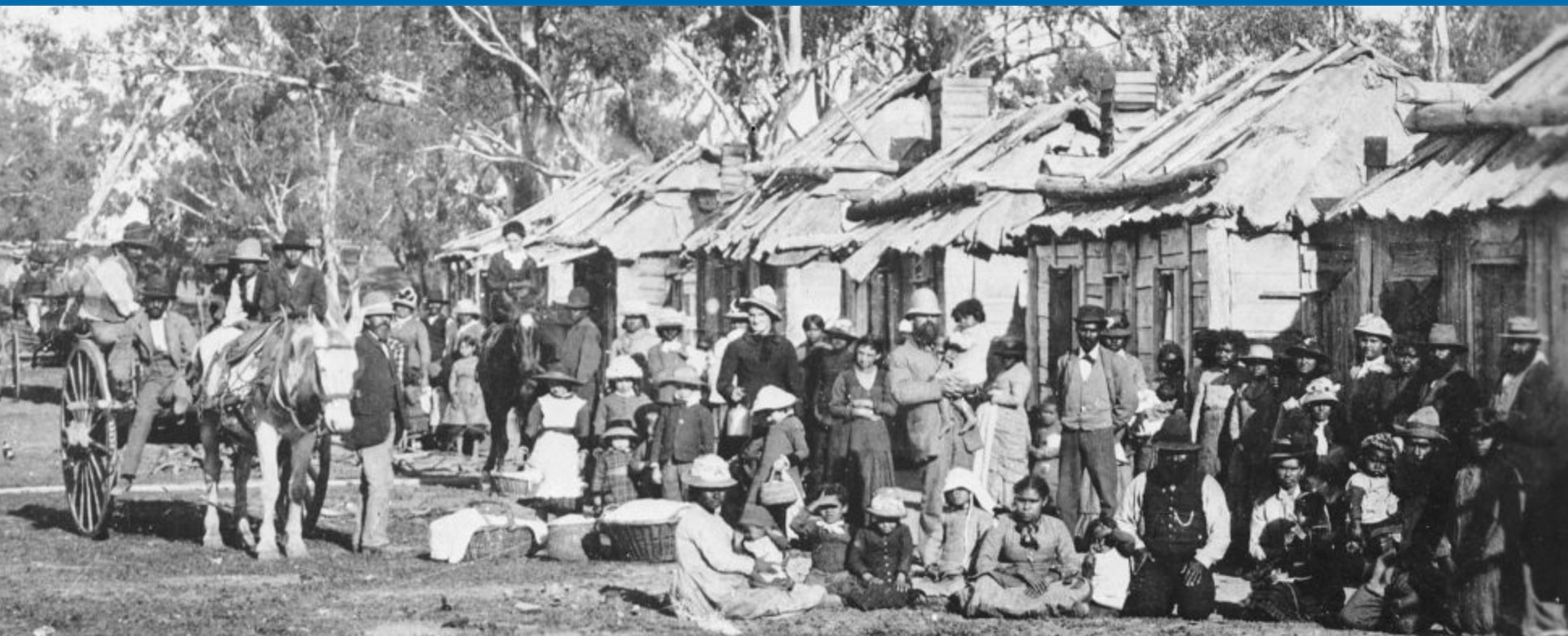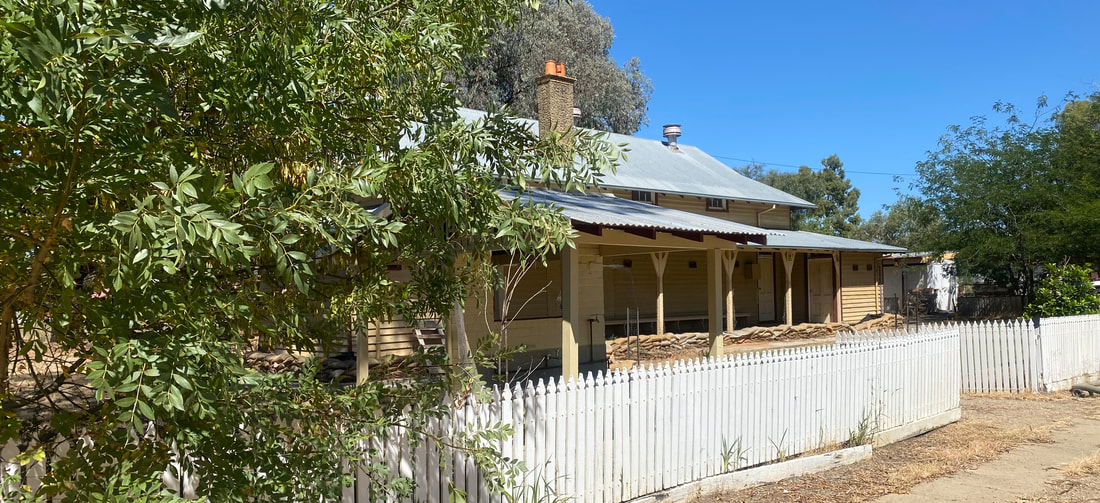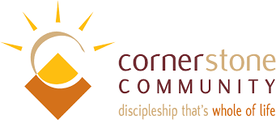|
Sitting at the impressive polished table in the School of Arts building in the New England town of Tenterfield, I wondered just how this remote country town, straddling the train line between Sydney and Brisbane, became a crucial link in Australia’s journey to nationhood.
I discovered it has to do with one strong-minded man – Henry Parkes. Right where I was sitting was the spot from which the feisty, five-time Premier of NSW first gave a rousing speech, which he then repeated fifteen times in other locations. This gave serious momentum to the push for federating the six states. Professor Marie Bashir, the recent Governor of this state, declared “…his stirring words of exhortation and unity to the crowd of citizens who loved him – ‘One people, one destiny’ – will continue to inspire.”
2 Comments
As I travel, I look out for the stories and symbols that shape us Aussies. Observers say that during the first few years of our lives as we learn to talk, to read, to share in the common story of our people, we’re quietly absorbing a worldview.
Normally we’re not conscious of it. It’s like the lenses of our glasses, it is not something we look at, but something through which we look in order to see the world. On the road to Gundagai, I discovered a faithful hound, a popular song and an inspirational sculptor that had all played a part in telling us about ourselves. Australia should be proud of the fact that Lifeline began here as the initiative of the Rev Sir Alan Walker. This Methodist minister was fearless at speaking out on things that matter and relentless at working on solutions to the things that trouble us. My friend Ian Palmer who volunteers as a telephone counsellor sent me his reflections on what this 24/7 service has meant for us over the past six decades and OK’d me to share it. It’s an amazing story.
I had been looking forward to visiting Echuca for a while because it’s the site of one of the greatest of Australia’s invisible faith stories. Back in the 1870’s Daniel and Janet Matthews, without support from any church or society, created a sanctuary for the suffering and hunted Aboriginal people. They called it Maloga.
Located on a beautiful bend of the Murray River, this traditional ceremonial ground saw leaders emerge from the Yorta Yorta people who learned to make the teachings of Jesus a launching pad for the civil rights movement that finally gave them recognition as citizens in their own country. Cummeragunja sits on a sweeping bend of the Murray River about 20km upstream from Echuca. It’s home to some significant chapters of the Christian experience of the Yorta Yorta people. I’ve already posted the story of the remarkable Thomas Shadrach James, who taught a generation of Aboriginal activists to ‘lead and write.’ It was good to stand in the schoolroom of that dedicated Mauritian Indian teacher who quietly helped change the course of history for the Aboriginal people. Two of his trainees - Doug and Gladys Nicholls - are buried side by side out on the sand ridge and it was an honour to pay our respects there to these two outstanding Australians. I’ve told their story on this Outback Historian website. I think these people made Cummeragunja a genuinely sacred site. Look out for more stories related to this place.
|
AuthorJoin The Outback Historian, Paul Roe, on an unforgettable journey into Australia's Past as he follows the footprints of the Master Storyteller and uncovers unknown treasures of the nation. Archives
October 2023
Categories
All
|
|
Sponsored by
|
Privacy Policy
|
|
Copyright 2020 by The Outback Historian
|
Site powered by ABRACADABRA Learning
|






 RSS Feed
RSS Feed

